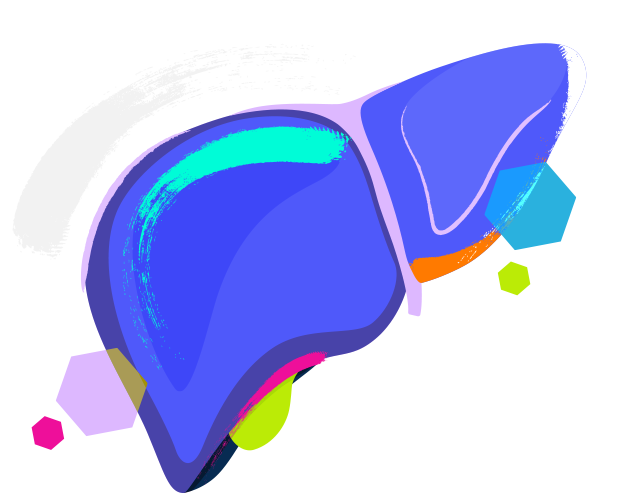What are the
signs and symptoms
of MCD?
If you have iMCD you may have several of the following symptoms:
Fever
(high temperature)
Sweating
at night
Feeling tired or weak (loss of strength)
Feeling or
being sick
Finding it difficult
to breathe
Unexpected
weight loss
Tingling or lack of
feeling (numbness) in
your hands and feet
Skin rash
Swelling
(for example around
your foot, ankle, or leg)
Talk to your doctor if you have any of these symptoms, especially if you have experienced them for several days. If you have difficulty breathing, see a doctor as soon as possible.








